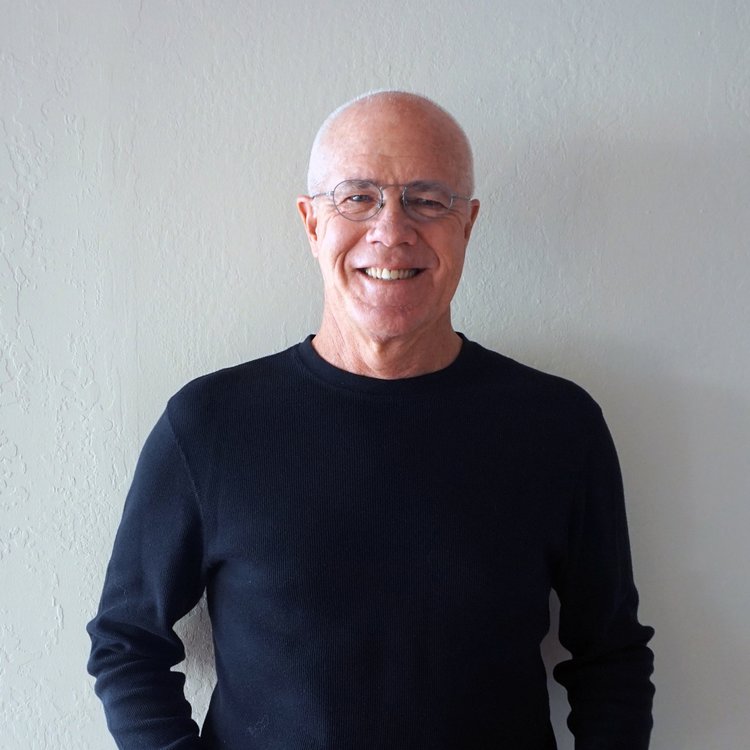First Hit: Although interesting from a historical perspective and good acting made it entertaining, it isn't a great film.
This film is a tribute and gives homage to George Melies a pioneer filmmaker who directed 531 films between 1896 and 1914.
He was extremely creative and made “magic” appear on film. He pioneered special effects, multiple exposures, and other editing effects.
Unfortunately WWI created a vacuum of people interested in seeing his films and then the French government took all his celluloid films and melted them down into shoe heels. He ended up being a toy vendor in Montparnasse Train Station.
To create this homage film Director Martin Scorsese creates the character of a recently orphaned boy named Hugo (played by Asa Butterfield) who lives “in the walls” of the Montparnasse Train Station in Paris. Hugo takes care of the station clocks and survives by stealing food from unsuspecting (or maybe willing) station food vendors. The boy, the son of a watchmaker, likes fixing things and he is working on an animatronic human his father found all rusty in an old museum. Hugo hopes that if he fixes this figure that a message will come to him from his deceased father.
To fix this figure, Hugo is always looking for parts and occasionally steals toys from a vendor in the station (Melies). Caught by Melies (played by Ben Kingsley) while trying to steal a small mechanical mouse (for parts); he takes the boy’s notebook which details his father’s drawings about gears and things.
A series of events creates trouble for the boy in the station which is lorded over by a Station Inspector (played by Sasha Cohen). Isabelle (played by Chloe Grace Moretz) who is being looked after by her uncle (Melies) and Aunt “mama” Jeanne (played by Helen McCrory), befriends Hugo and together they figure out that the Melies was the creator of the animatronic human figure Hugo is working on.
The film shifts direction here and focuses on the history of Melies. Here in lies one of three problems for me with this film. First, the shift of the film from Hugo to Melies was not very subtle but it worked and I accepted it.
Second, Scorsese’s use of 3D (the film can also be viewed in 2D) was sometimes excessive (the close up of the Station Agent's Doberman Pinscher is an example) and felt as though the shot with a 3D effect was more important than the content of the shot.
And third, all the main characters where speaking proper English while the scene is Paris, this seemed odd. However, aside of these issues, the cinematography, at times, was extraordinary.
The characters were interesting, especially Mama Jeanne and Melies and I really liked the inter-play between the main characters.
Lastly, knowing little about Melies before the film, this film has driven me to learn more about a man who created magic in a genre I love.
Butterfield is excellent as the driven orphan who is focused on living life on his terms and becomes friends with Melies. Kingsley does an excellent job of being a sad curmudgeon only to have his heart and spirit lifted by the young boy’s efforts. Cohen is funny and effective as the mean Station Inspector whose own physical limitations keep him small minded. Moretz is grand as the little girl who bridges the gap between Hugo and Melies. McCrory is effortless and charming in her role as Melies wife and former lead actress in his films. John Logan wrote effective dialogue. Scorsese did a good job of directing this film although it seemed to be two different films; one about the kid and the other about a tribute to Melies. His use of 3-D was over worked at some point. It almost seemed as though he was using it to excess to honor Melies. I was and am still struck that such a mood piece, taking place in Paris, would be in all proper English - not a French line in it. It just seemed out of sorts (or maybe done so that there is a US audience and a way to make money).
Overall: I really enjoyed learning about Melies and this was an effective way of doing it.
